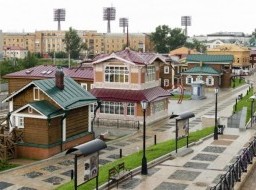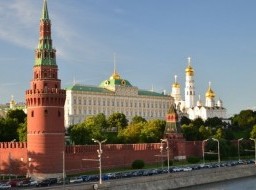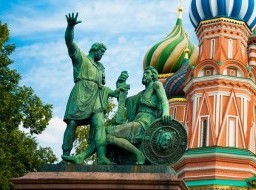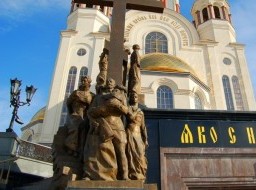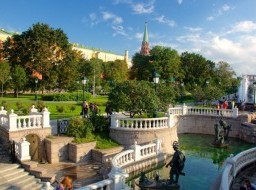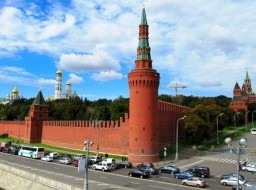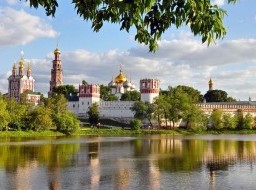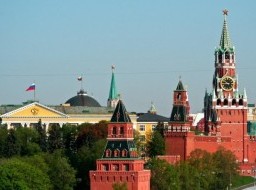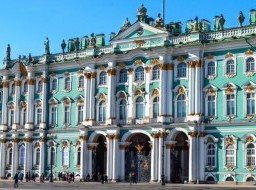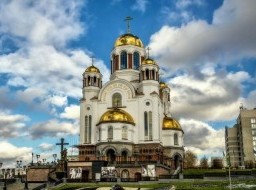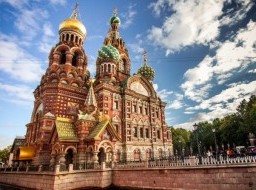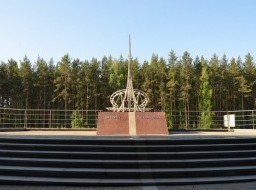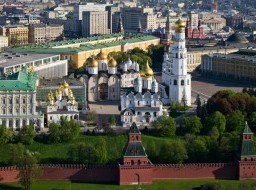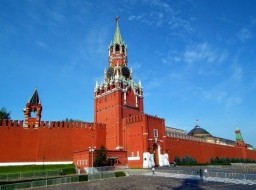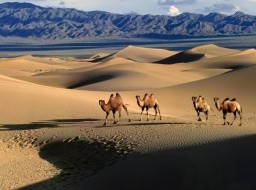Museum of Natural History
The Natural History Museum was created in 1924 and was called “National Museum”. In 1956, it becomes the “Central State Museum” and, later, in 1997, expands and becomes “Natural History Museum”. The Natural History Museum recounts 4,7 billion years of evolution and shows 800 objects dating back from the palaeolithic period. The museum was founded in 1924. Exhibits on Mongolia's history, culture and economic development as well as natural wealth are on display here. The government Resolution, which to classify the museums in different fields like as the developed countries, was passed and the national central museum was abolished in 1991. Since 1992, a new museum was established in the place of national central museum with the purpose of being the leader natural central museum for the further development, getting foreigners enjoyed in international level, showing the geological history such as locations of planets and earth establishment and formations and show the biology characteristics of earth central zone and named as Museum of Natural History. Sometimes called the State Central Museum, the Museum of Natural History is worth a quick visit. It has exhibits featuring Mongolia's geography, flora and fauna, including the requisite section with stuffed and embalmed animals, birds and even fish. Geologists will like the geology section (especially the awesome meteorites). Likewise, the birders will want to check off what they've seen at the Ornithological Gallery, stuffed (literally) with over 200 species. More impressive are the two complete dinosaur skeletons, which were found in the Gobi - the giant flesh-eating Tarbosaurus, 15m tall and four to five tons in weight, and the little duck-billed planteating Saurolophus at 'only' 8m. You can see them from above on the 3rd floor, or enter room 22 on the 2nd floor (ask for it to be opened if it's locked). The gallery next door is full of interesting knick-knacks like petrified wood, dinosaur eggs and huge leg bones, which look like something out of the Flintstones. There is also a camel museum on the second floor. |

